
219
3826

Richard Mille’s “Concours d’ Elegance” at Chantilly
Richard Mille’s festival of the automobile is a chance to appreciate racing machines at a more sedate pace of life! It was a wonderful weekend to appreciate some of the finer things life and racing machines have to offer. Some rare esoteric cars in the Concours; an exhibition match in Polo play from the world number one; and some rare Richard Milles on the wrist: RM053, RM036-01, and the new RM011 Felipe Massa Tenth Anniversary. The weather was kind to us too!

The French always had an appreciation for the art of living! Although a certain number of them a couple of hundred years ago took that to excess; and generally annoyed the remaining number, it was nonetheless a glorious time for France. It was what Professor Simon Schama termed an “Embarrassment of Riches”: it was enlightenment and as a populous it was where our questioning of “things” worked: from planetary motion to a game of chance. As part of that, France (along with England) was the leading nation in scientific instruments which today are better known as clocks and watches. It seemed fitting then that Richard should choose to sponsor a car event, one celebrating the motor vehicle at a place where they claim they “invented” the “art de livre”. Watches, like Richards’, have become the racing machines on the wrist to admire, to enjoy; in the same way that the Concours d’ Elegance offers the same opportunity for cars. Racing machines at a more refined and appreciative pace!
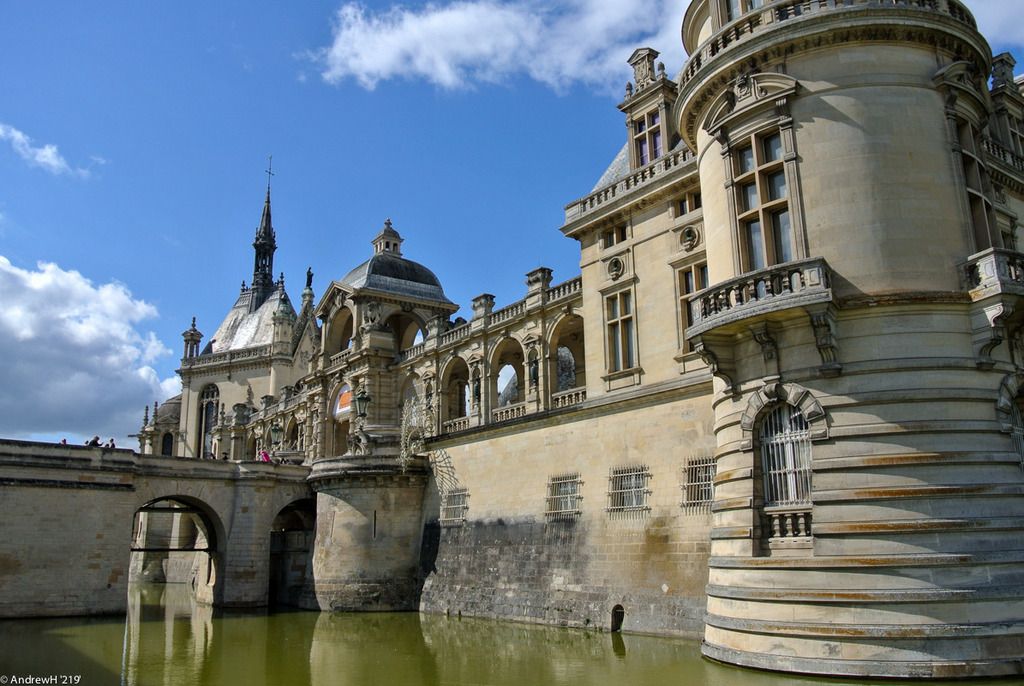


The event at Chantilly is a grand affair! A hark back to the days when the Chateau would have been at its height: where elegance and art combine to entertain and provide wonderment for all. Although the Concours is on the Sunday, the event starts on the Saturday with the Tour de Chantilly (for the Concours cars) and an Invitation Polo Match at Chantilly. At the Polo Match, the Richard Mille Polo Ambassador: Pablo MacDonough ( www.watchprosite.com
) was playing for the “Black” team against the “White”. Although all players on the field were professionals, the standard at which Pablo plays polo was evident, and an order of magnitude above the others. His control of horse, mallet, and ball were the difference between two otherwise equal sides and the Black team ran out easy winners.
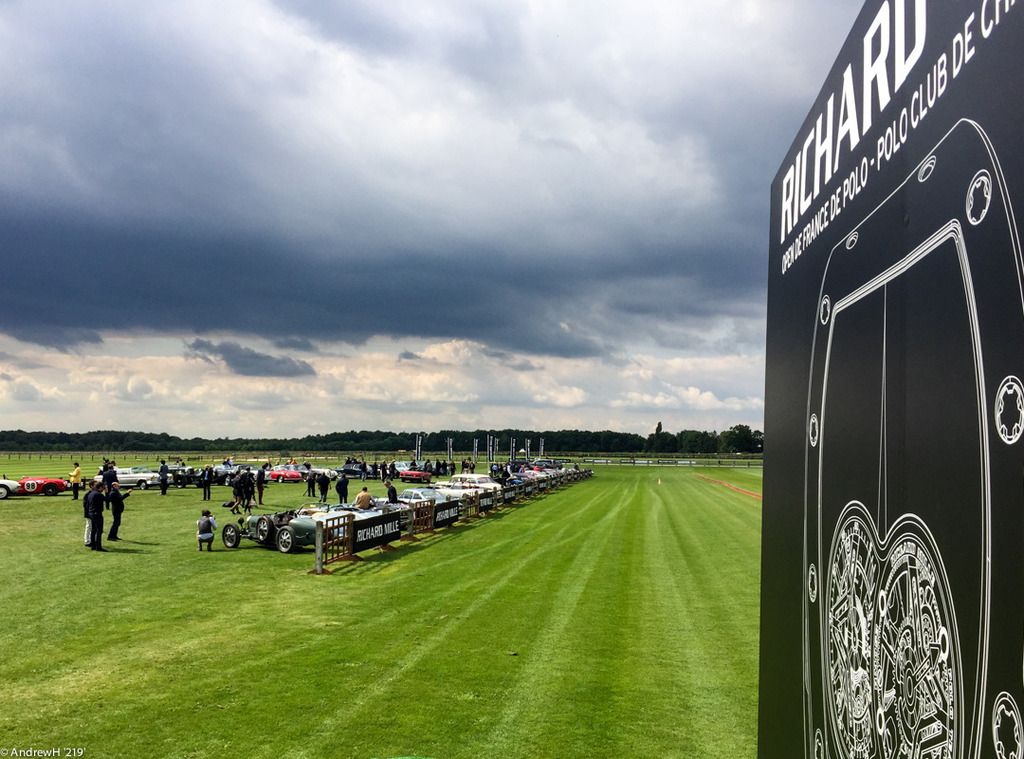
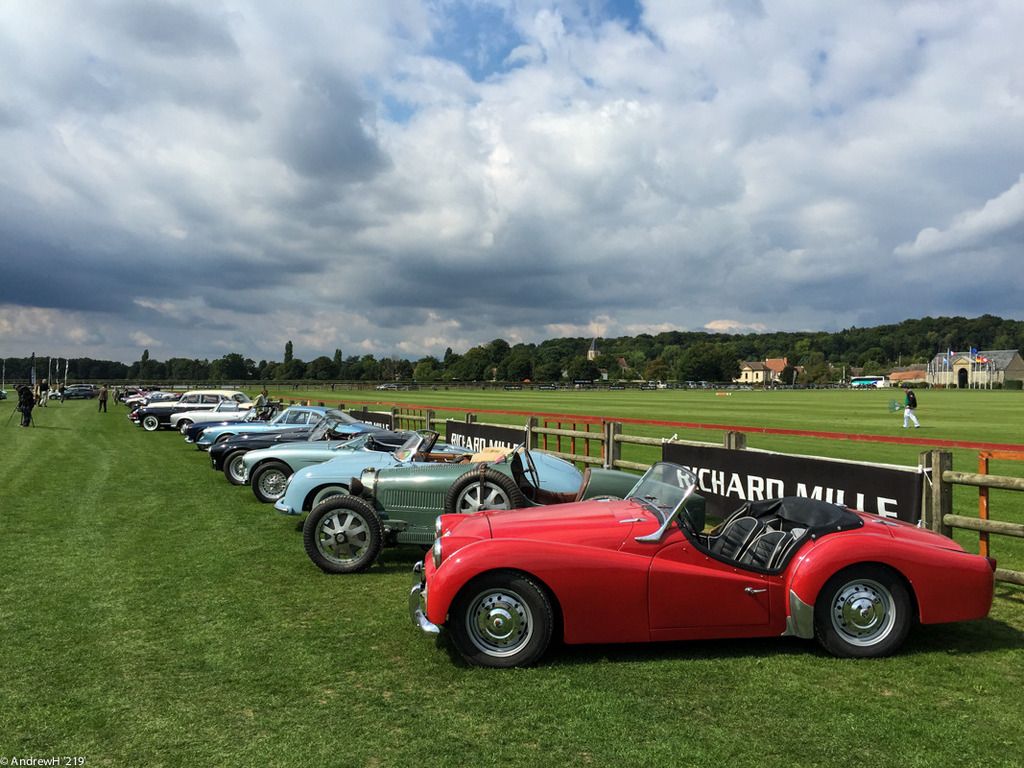
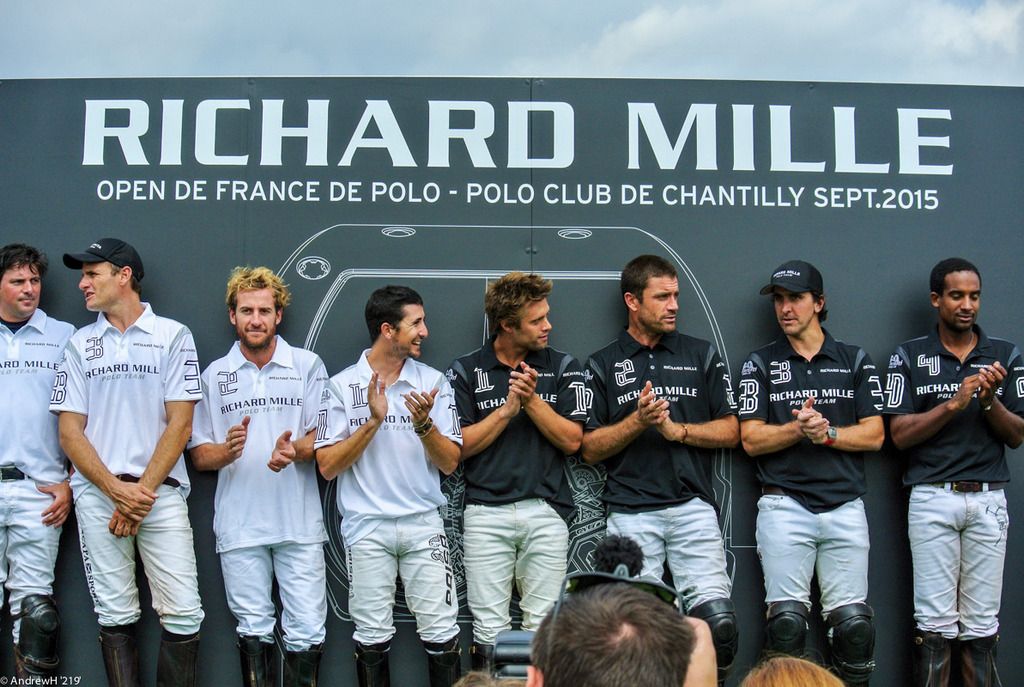
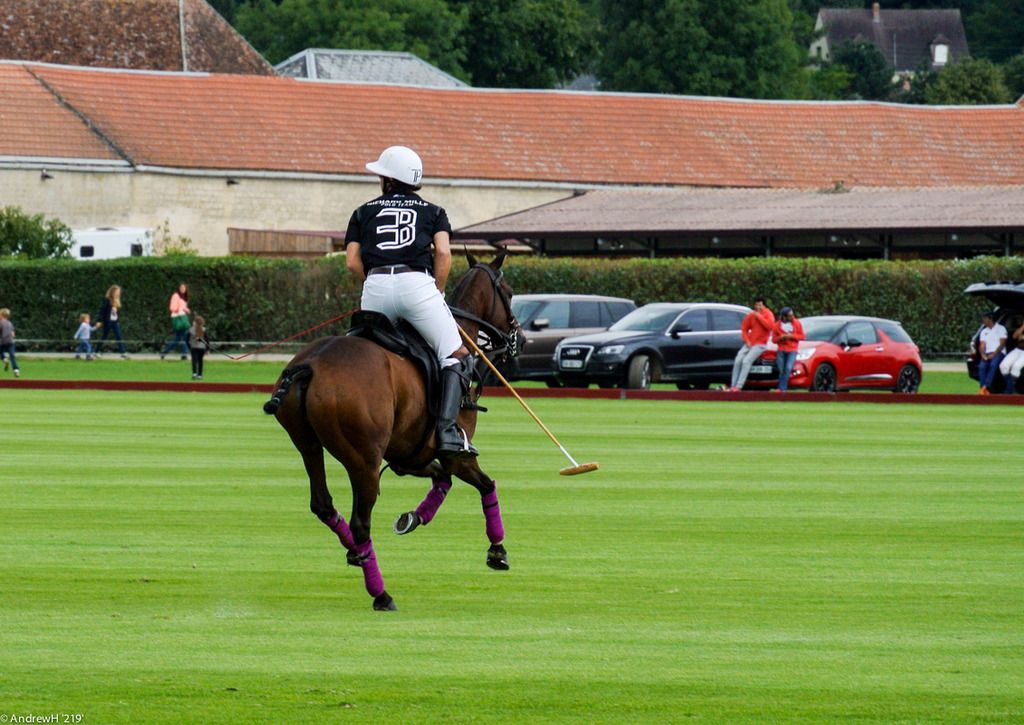
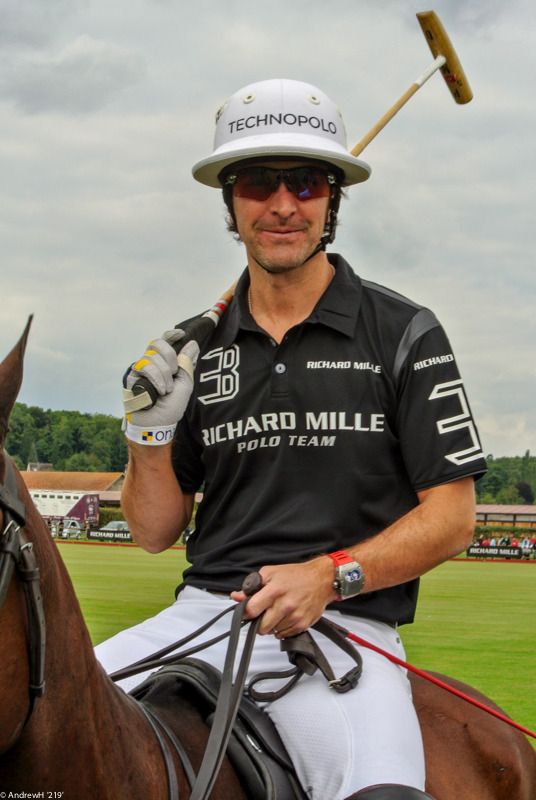

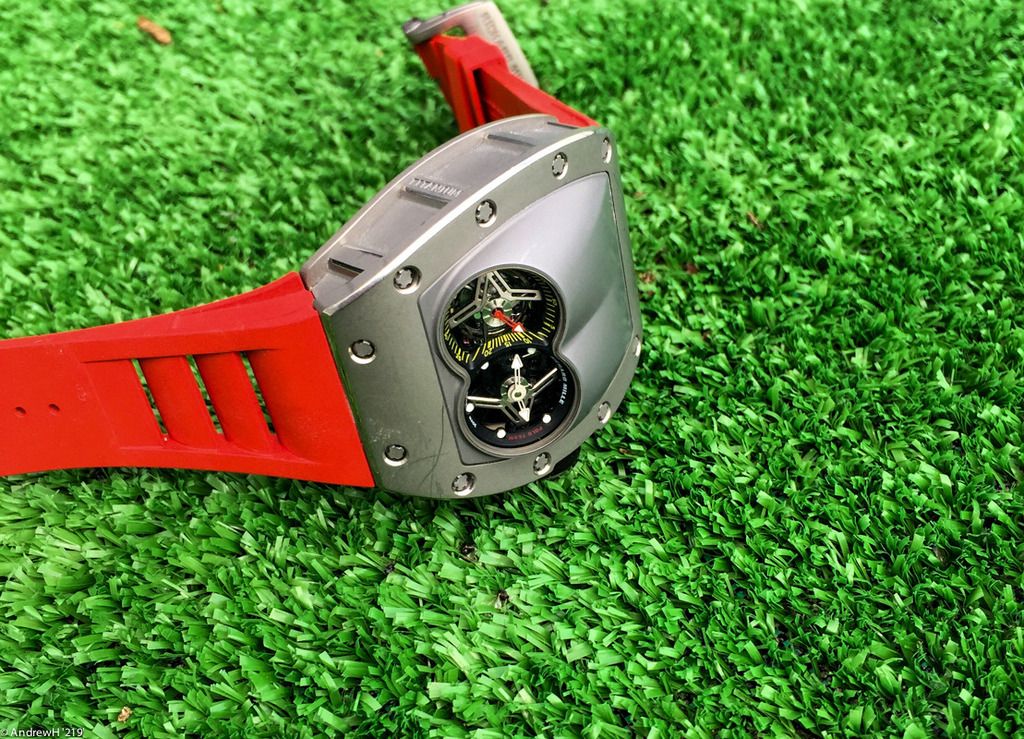
[Including additional horse hair!]
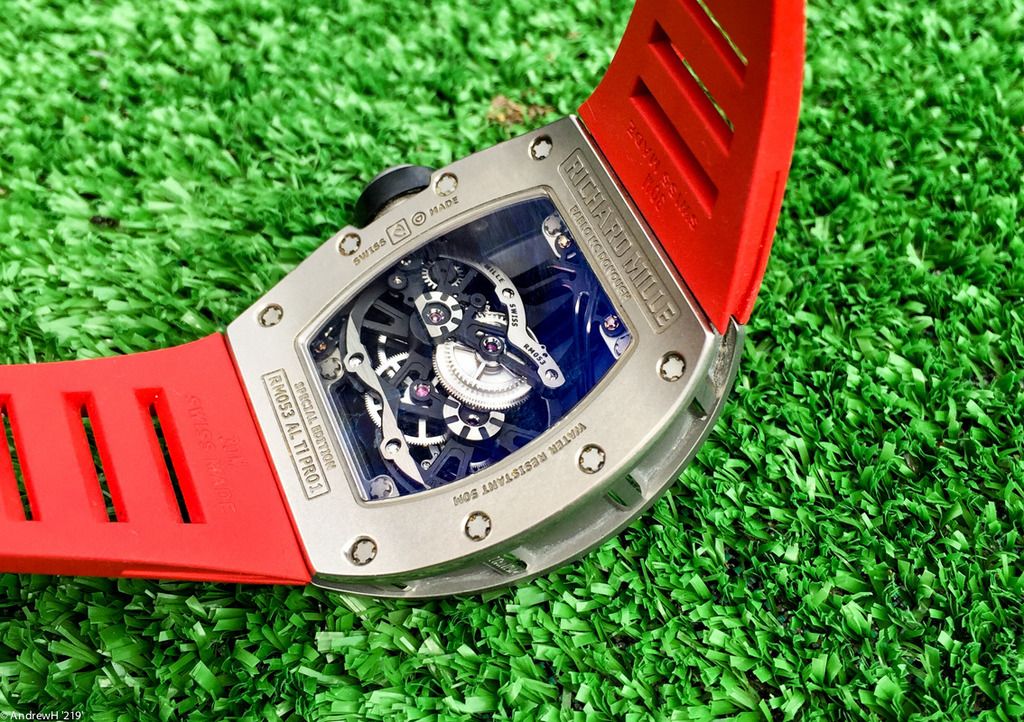
Pablo (who is perhaps the most congenial sports star I have ever met) played the whole match with his RM053. Last time I chatted with Pablo MacDonough the RM053 was back at Les Breuleux for a look from the watchmakers. I noted that the prototype looked “fresh”: the watchmakers had obviously serviced the watch, but also the internal structure looked as if it had a strut or two added for internal rigidity. This was the first time I had seen the watch since it was launched about three years ago. At that time, with only 15 in the limited series, the watches had disappeared into collector’s hands (or wrists) all too quickly. So this was my first real chance to photograph the watch and Pablo kindly let me. The day was rounded off with a wonderful Gala Dinner at the Chateau stables. A formal black tie affair, it was sumptuous dining on a grand old scale.
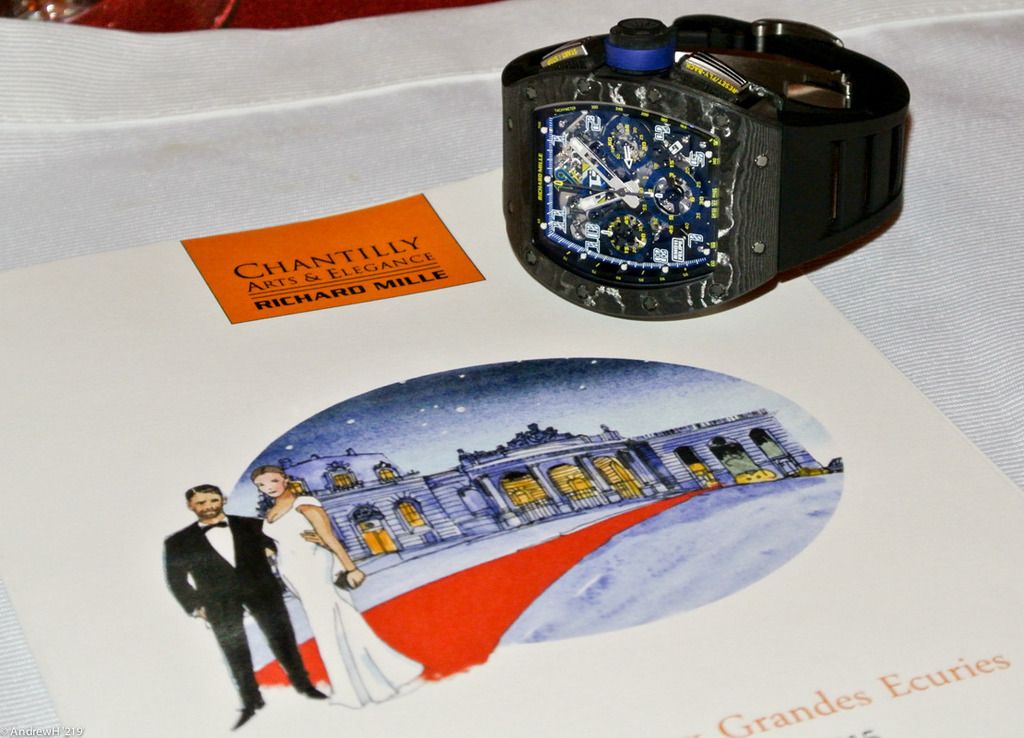
[My watch for the evening: the new RM011 Felipe Massa Tenth Anniversary: goes very well with the dinner suit!]
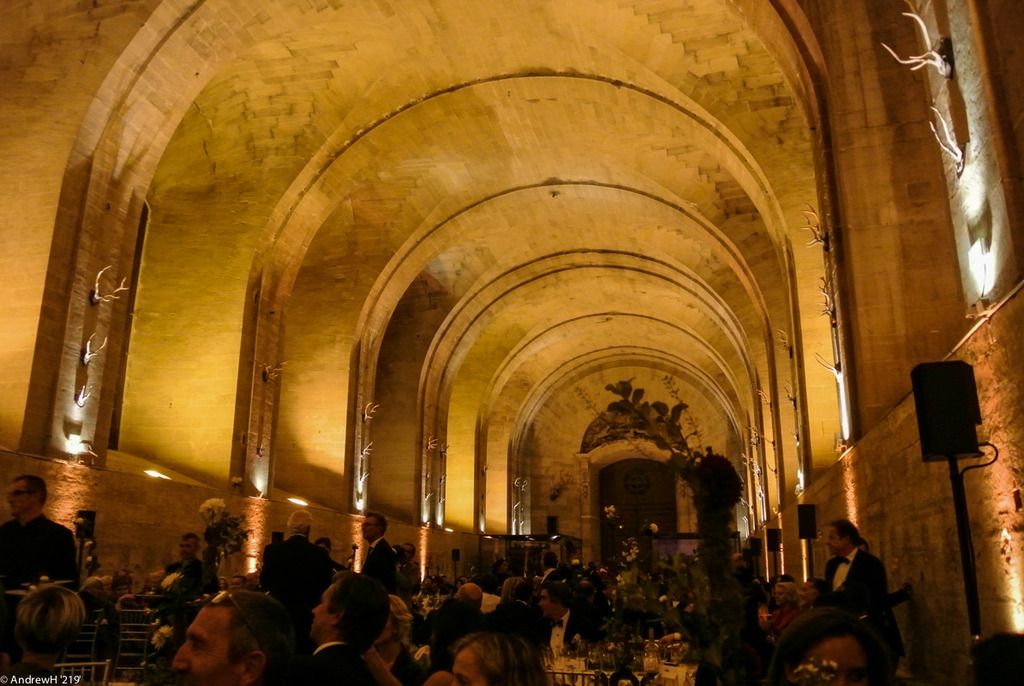
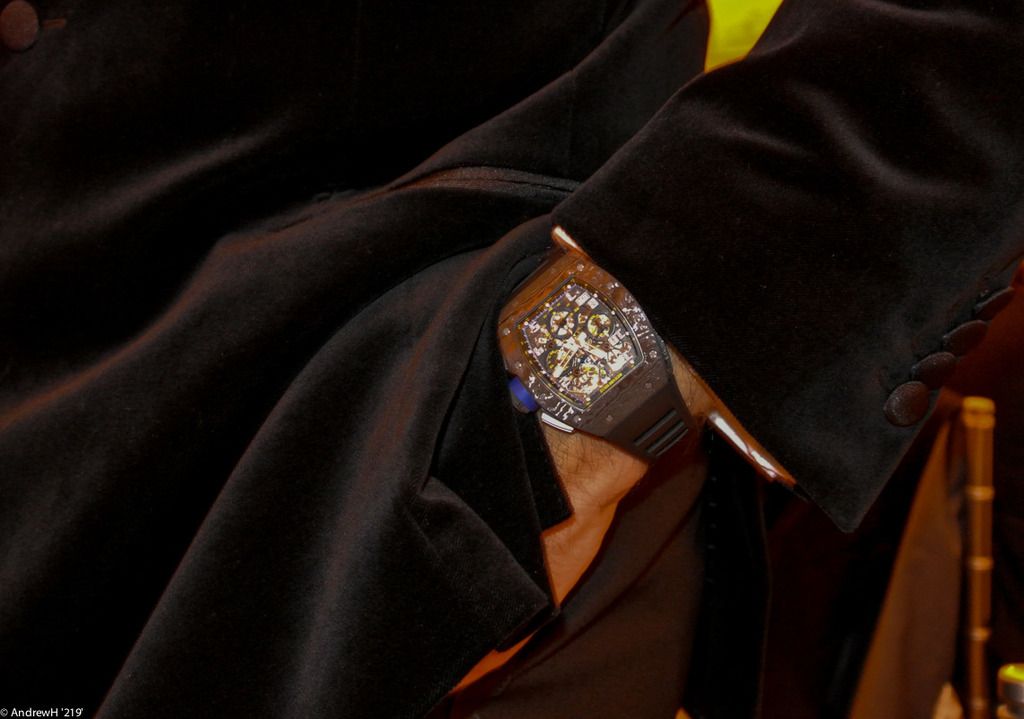
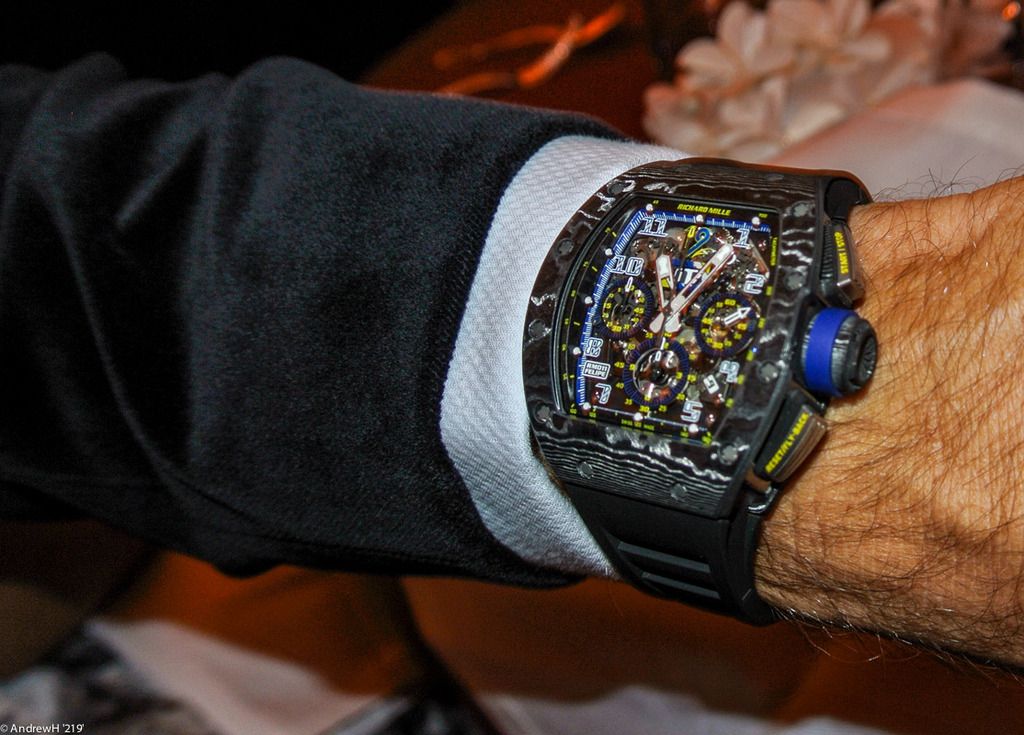
Although the Saturday had been slightly overcast, Sunday dawned with bright blue skies and with the sun rising into the heavens. Appropriate for a day at the Chateau! And with the cars on display on the lawns! It is surprising that it has taken this long for an important Concours d’Elegance to be established in France. First, Concours d'Elegance is French: meaning a competition of elegance. The term dates back to the seventeenth century French aristocracy, who paraded horse-drawn carriages in the parks of Paris during summer weekends and holidays. The terms remained as carriages became horseless, and cars became the mode of transport. Second, the French have always had a love affair with automobiles. Certainly the race circuits in France are legendary, as are some of their race drivers, and car marques. Given the history and the attachment of France to the automobile, Chantilly could not be a more fitting location to hold such an event.
There is no one single definition of a Concours car. Judges will always look for uniqueness, originality, limited in number, elegance, basically the machine as a moving work of art. Often condition is an over-riding factor, but the Jury at Chantilly elected to include a category of cars that was still original. In other words: no restoration, but the patina from aging and the enjoyment of driving the cars over the years. There were also the usual categories for restoration and by type of car. The cars on show were either: unique and perhaps not seen before, or bordering on the spectacular. I heard several petrol heads whom I have known at this type of event over the years exclaim: “where does he find these cars?”
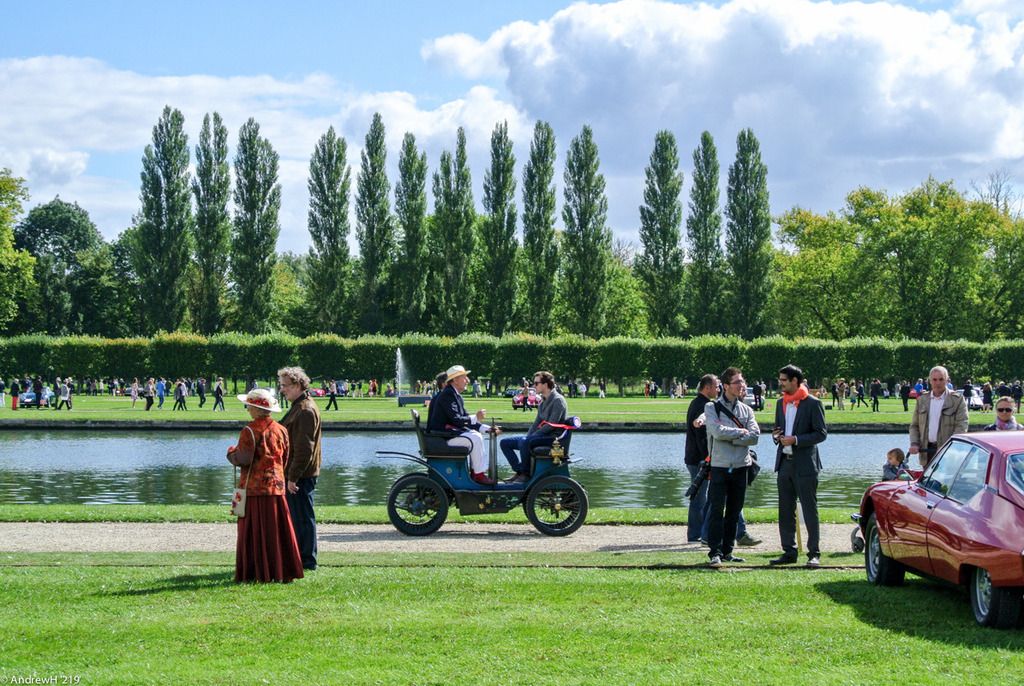
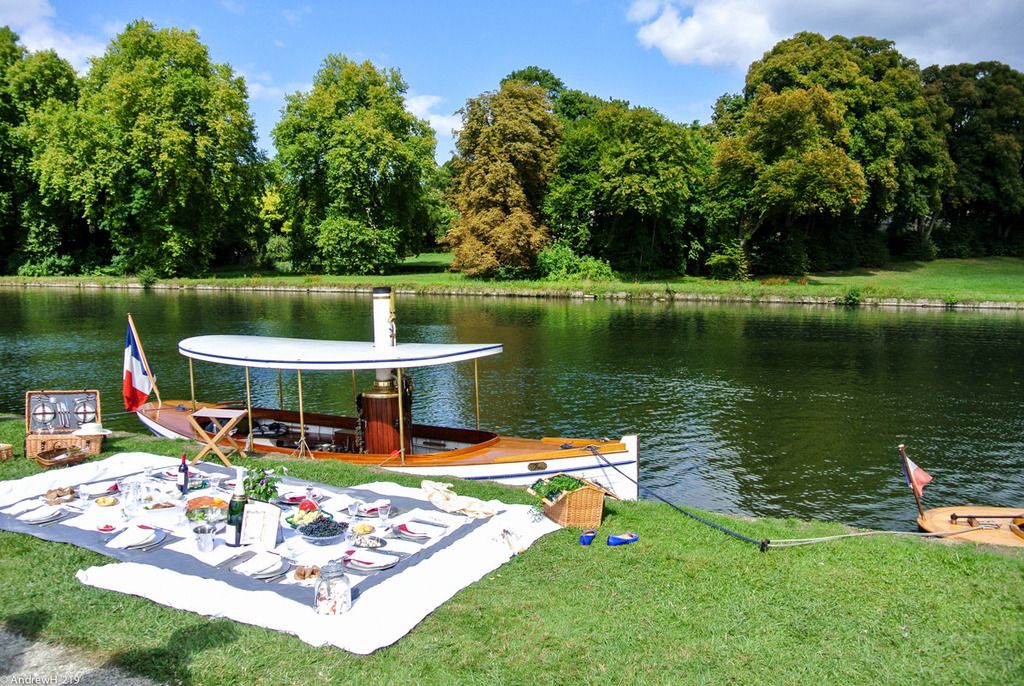
The breath and extent of the cars on show was impressive. In essence, the Concours becomes a temporary museum that shows how the motor car has progressed. The jury in charge of the awards did a smart thing: they separated out the cars in original specification and condition; and a separate category for the restored. While restoration is sometimes necessary, and at times can show the car in all its former glory, there is also merit in seeing the patina on a car that has remained in use since it first rolled off the production line.

The number of cars on show was so extensive that in the interests of producing something that is readable and not an extended version of the whole catalogue, a short selection is presented here. As any commentator, I have preferences, and the selection (while hopefully covering the range of what was exhibited) is still my choice. The choice runs from the very earliest of cars: from the first forays into racing machines; up to the same embarrassment of riches that was the Italian manufacturer in the 1950’s and 1960’s, to the advent of the more modern Formula 1 cars in the late 1960’s and 1970’s (a particular favourite of Richard’s).
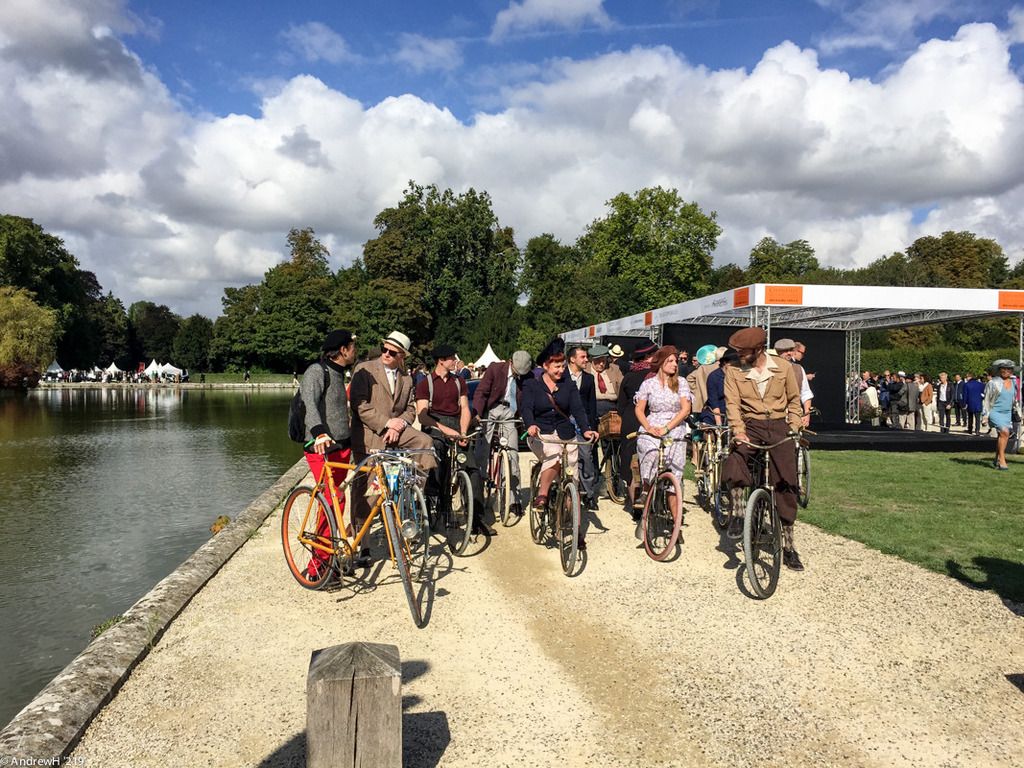
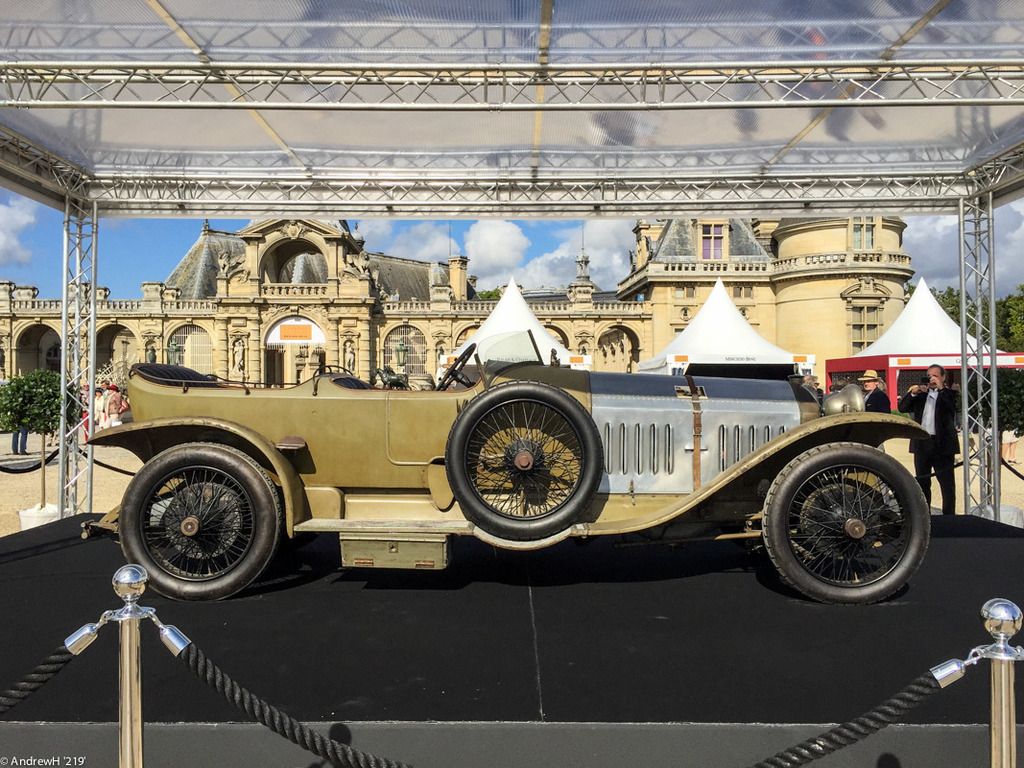
A number of the cars on show were from a limited production run, or in some instances, unique. The first car to greet the visitor was directly in front of the Chateau. At first sight, a nice, but weathered car from the early 1920’s. But on further reading it was a car of legend and the most appropriate to take pride of place in front of the Chateau itself. The car is the Rougier PJ6 torpedo sport Million-Guiet! Made in 1921, it was manufactured by a Henri Rougier who in his day was a racing cyclist, pilot, and in 1911, he won the very first Monte-Carlo Rally. At that time he also happened to hold the world altitude record as well. In an age when the motor car was new, when it was the “start-up” industry of its day, Rougier founded his own car firm. Move the clock forward ten years, to 1921, and Henri Rougier built this particular car for Duke of Montpensier, cousin to Henri d’Orleans; the very man who built the Chateau de Chantilly. With the advent of the motor car, the lives of us all became entwined by diminishing degrees of separation. It was the perfect car to showcase as the first of the entrants to the Concours.

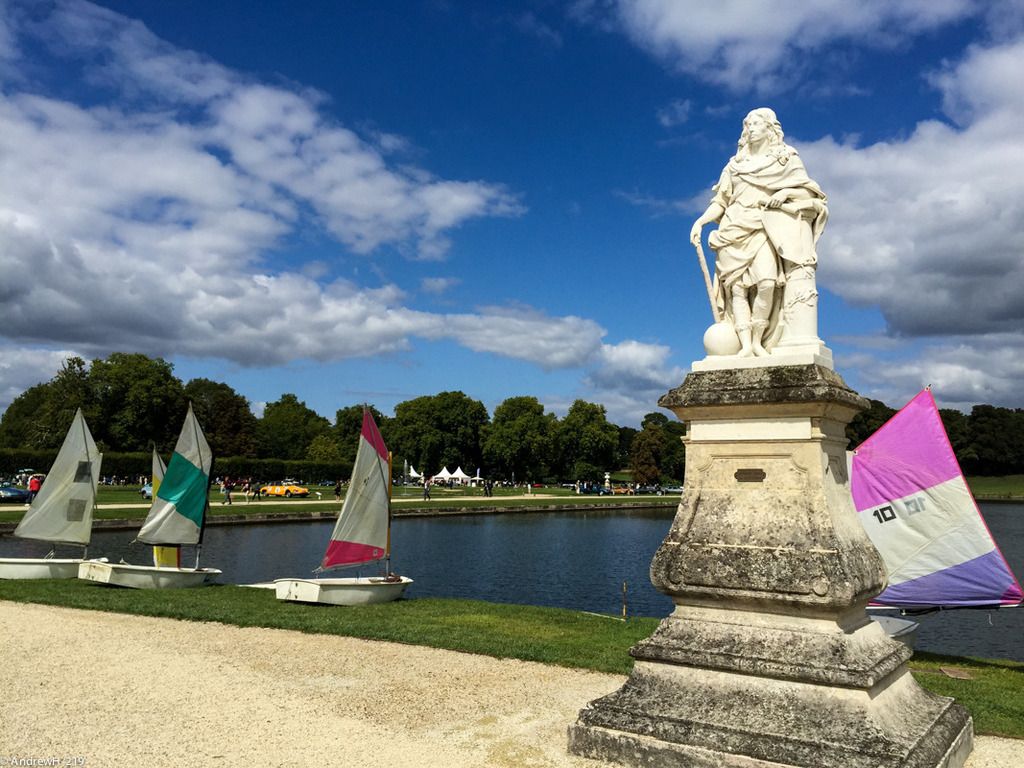
Out on the formal lawns of the garden, the cars were arrayed by themes. Suitably distanced apart from each other, standing as the works of art that they are, there was ample room to admire and scrutinize the individual entrants. And works of art they are! From the imagination of the designer, to the implementation of line and form of the panel beater, to the engineering and dedication of the mechanic in preparing and fine tuning the engine. The cars are works of art that interact with all our senses: that have visual form, deafening acoustics, and that carbide scent that gives rise to some part of the “petrol head” that is in each and every one of us.
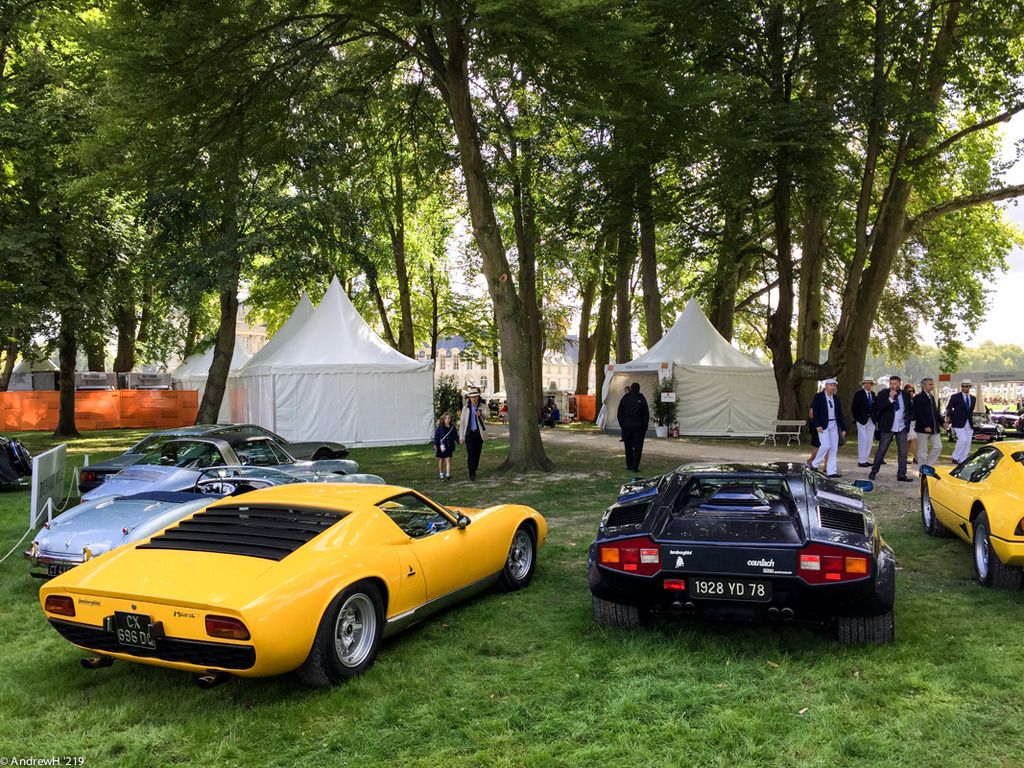
Hence without further “adieu” and with no particular order to their presentation, here is my selection of cars from the day. I might have lied slightly…. I am putting my top choice first! In the absence of a Bentley of note (in my book), my favourite, the one I would have driven away in if I could, has to be the Jaguar XKSS. Truly a mythical beast! If it was good enough for the “King of Cool”, aka, Steve McQueen, as his daily drive, it would be good enough for me. A first on so many levels: a racing machine for the road; for the daily drive, and perhaps even for the school run! It is arguable that the Jaguar XKSS was the first super car for the modern era. Based on the LeMans 24 Heures conquering D-Type (3 wins in succession at Le Circuit de Sarthe), it was an attempt to earn some money back from the race team investment (directly) by placing the race cars (with a few minor alterations) in road car form. Previously LeMans 24 Heures rules had required production cars to compete; not purpose built race cars. Such earlier rules gave rise to special series of production cars such as the “Blower” 4.5 litre Bentleys in order that they could claim a production run and compete.
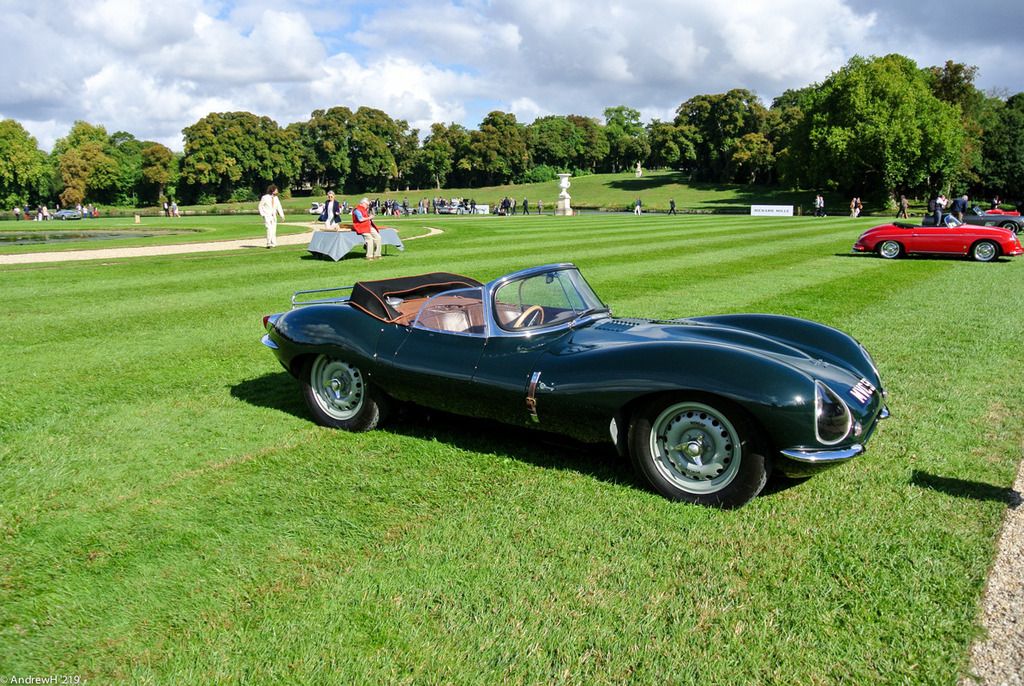
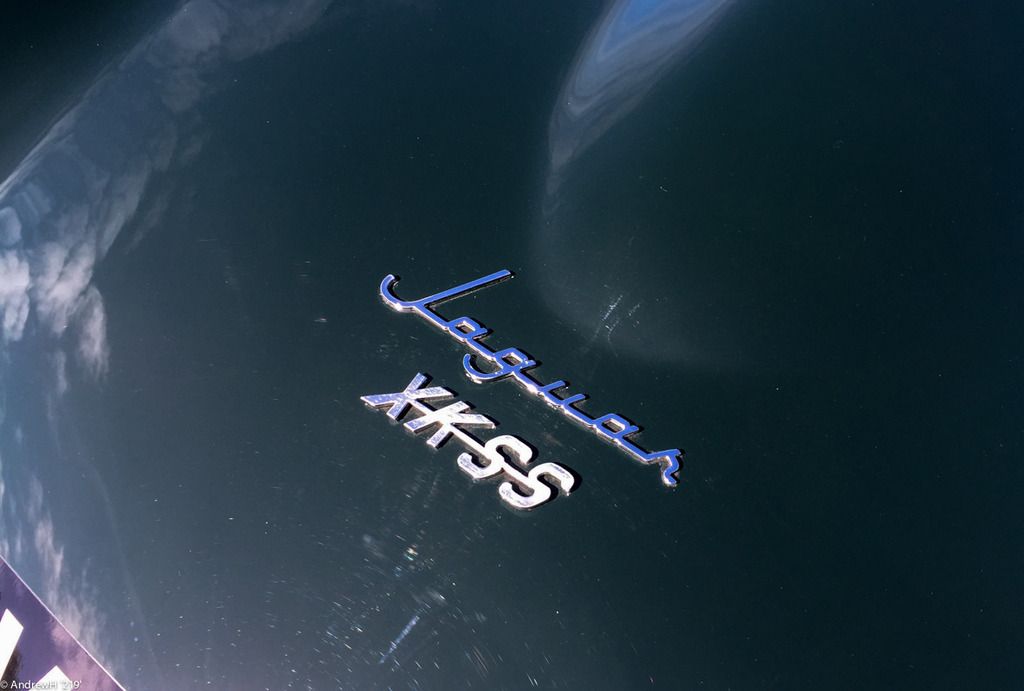
No! The Jaguar XKSS was the first to reverse the formula. Take a race car and make a road car out of it. The D-Type was a first in so many forms (See here: www.watchprosite.com) and hence so was the XKSS. Imagine: race car performance and handling for the road. The changes to the D-Type were minor: the fin behind the driver went and unwanted extras such as a windshield, passenger door (and windows), and a space between the driver and passenger seats was added. Why you would want the extras, I don’t know; but there was some “blah blah” about road legal requirements. Then tragedy struck the mythical beast’s home: a fire at the Browns Lane works in February 1957, where the XKSS cars were being assembled, destroyed all remaining 25 chassis and parts. Only 16 of these cars exist and this one was the last of them. It makes me want to cry! Now petrol head fans of other marques get excited if only 30 or 40 of a particular car exist. There are only 16 Jaguar XKSS in existence. Stunning example! And if I had been allowed to drive away in the XKSS, I would have given the Eurostar a run for its money up to the Channel Tunnel!
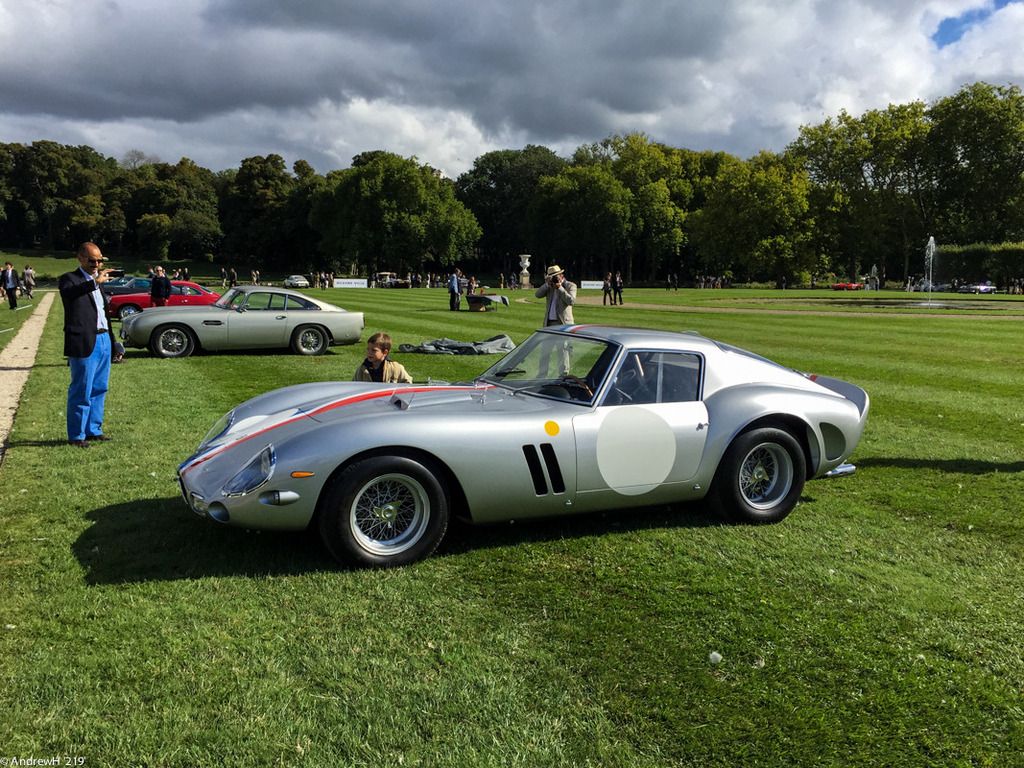
Next up has to be the Ferrari 250 GTO. A little known fact: Enzo Ferrari once dubbed the Jaguar E-Type as the most beautiful car ever made. And some of that shows in the design and form of the 250 GTO. This car has now reached mythical status. Worldwide demand and desire for this car have far exceeded available resources. With only 39 250 GTO’s in existence (see my comments above), there are certainly not enough to go around. Indeed, two known examples of this car have both sold or around $38million each! Originally, the purchase price was $18000 in 1962, but there was the proviso that you had to be approved to purchase the car by Enzo himself (Richard Mille collectors will equally recall the rules for buying the – now mythical – RM006). Stirling Moss described the car as the best he had ever driven, and although no major race victories were claimed by the car, it did help Ferrari win the 2 litre class of the FIA's International Championship for GT Manufacturers in 1962, 1963, and 1964. This particular car was fourth at LeMans in 1963; after which, the drivers decided to hop back in the car and drive to Paris to celebrate. On Sunday evening it was spotted parked outside the Moulin Rouge! Vive la France; vive la joie de vivre!
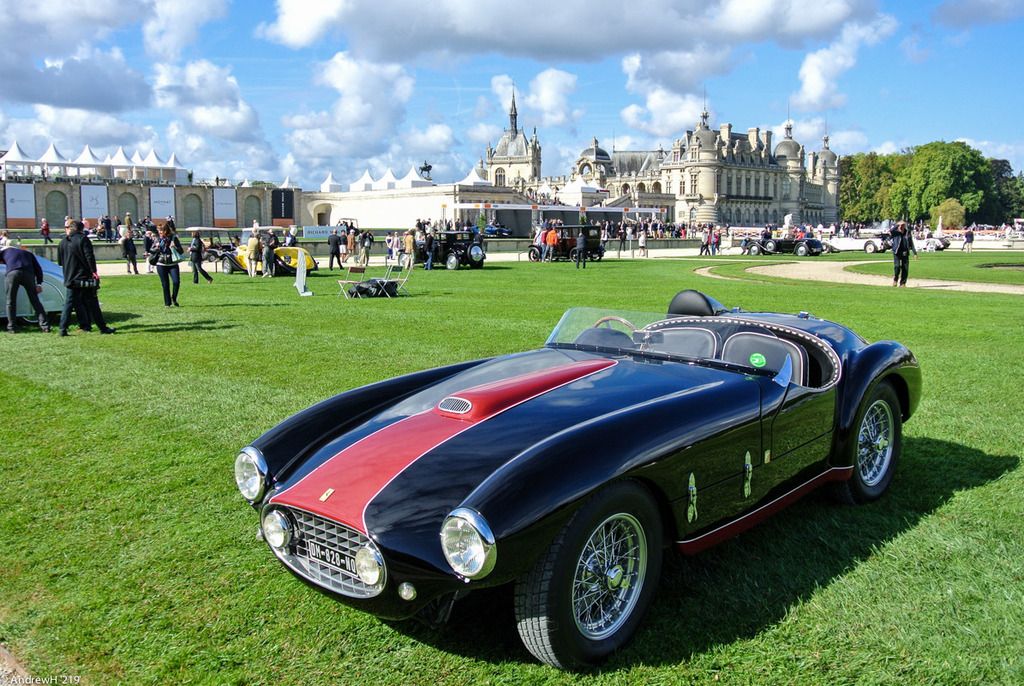
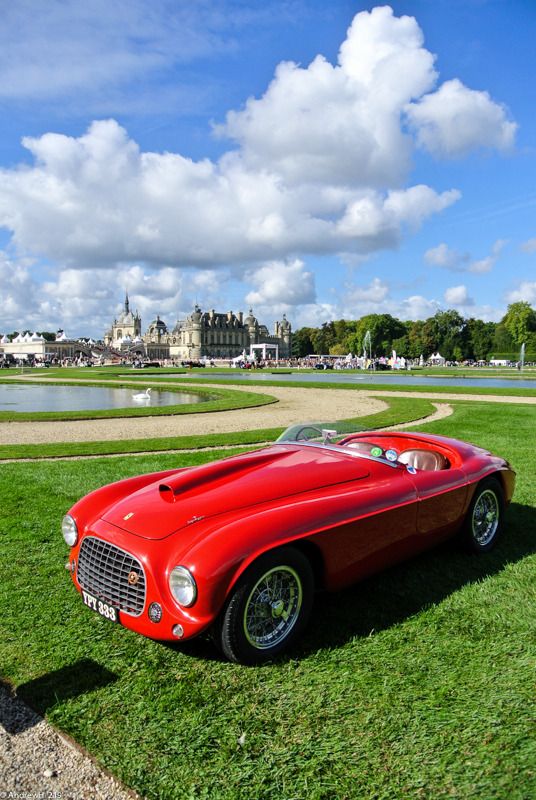
Some of the other Ferrari’s on display were equally brilliant. A brace of Ferrari 166 MM’s were on show: one in the category of road car to the track, one in the iconoclast interiors. The race car was liveried in the race colour and to my eyes looked all the better for it. This particular car, from Enzo’s fourth season racing with the prancing horse marque, came fourth in the Mille Miglia in 1950.
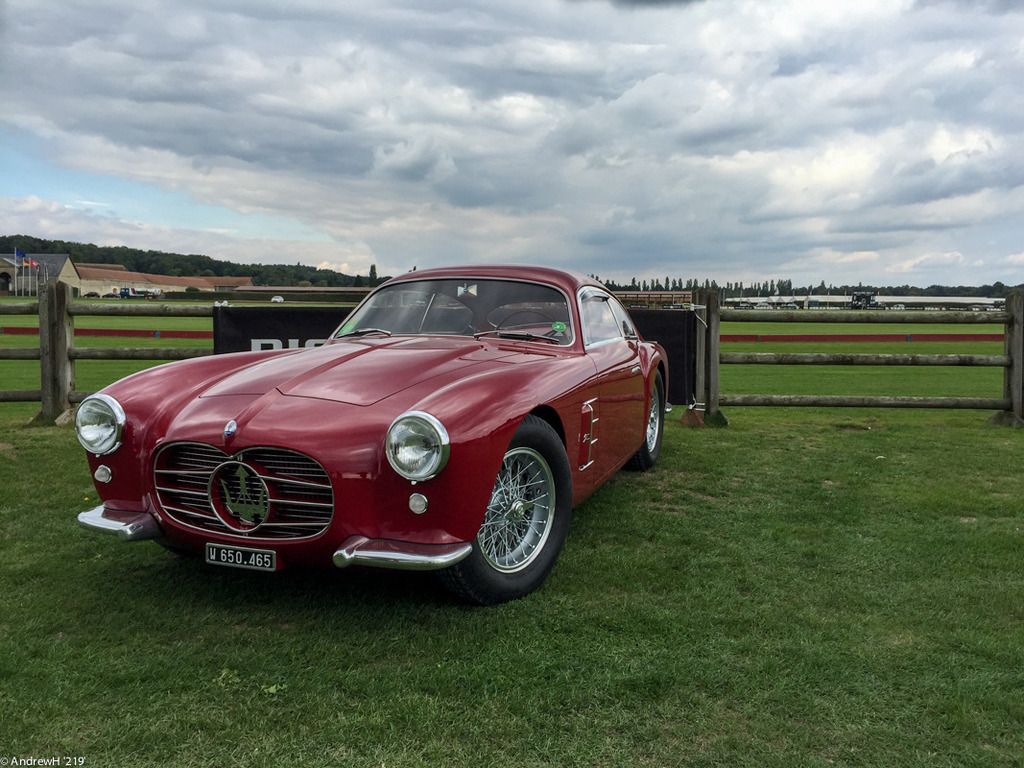
Staying with the Italian flair for design and coach work, a couple of the Maserati’s on show stood out. First, from 1956: the jaw dropping beauty of the Masterati A6 Coupe Zagato. This was one of Maserati’s first attempts at a road car. Up until the Second World War, Maserati had mainly been concerned with the track. The attention was now on the consumer; a car for the road. This particular example, styled by Zagato, demonstrates an equal embarrassment of riches that was the Italian car industry for the 1950’s and 1960’s. A body with curves to die for, a V6 160 bhp engine that purred and screamed, and capable of 200 kph at a time where most cars barely exceeded 100 kph.
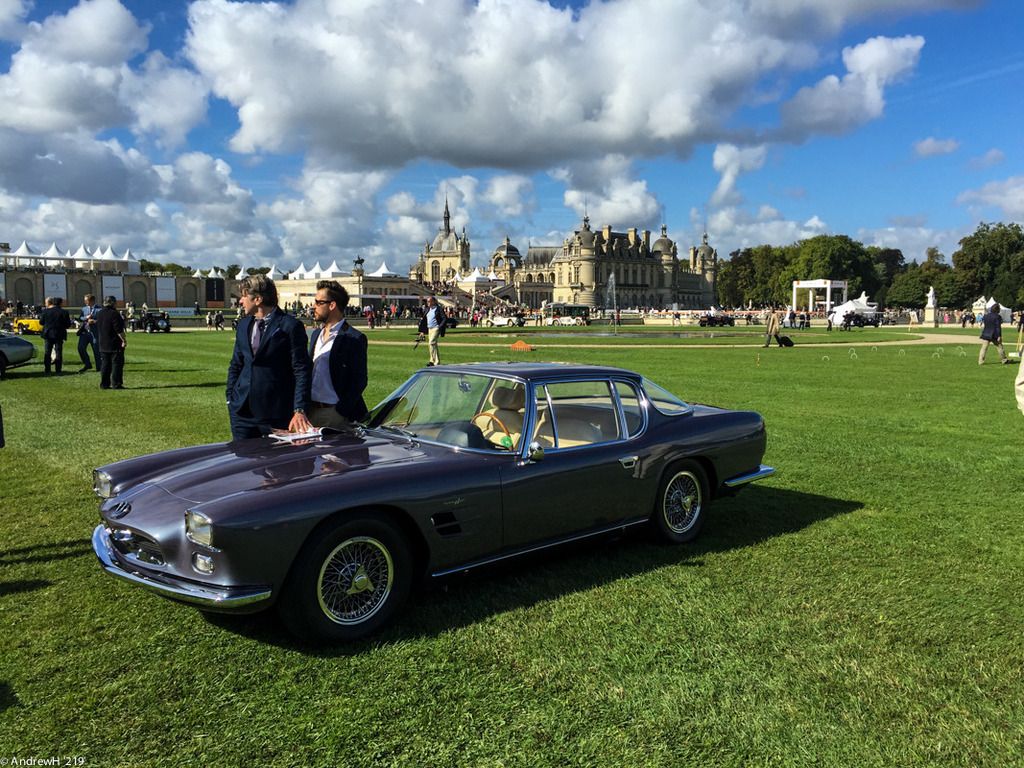

The second Maserati of note to be on display was the Maserati 5000 GT Frua 1962. Part of the Aga Khan’s family of cars, this one was ordered by Prince Karim Aga Khan. Despite its slightly sedate looks, the 8 cylinder engine could propel the car to 280 kph. The car is one of only three with coachwork by Frua (all different). The 5000GT was first shown in Turin in 1959 and only 32 were made. The engine is 4941cc V8 unit derived from that used in the 450S race car. This particular example was delivered to the Aga Khan in August 1962 and is painted in a unique colour called "Savidin Penombra". A Maserati specialist, a friend of mine, had never seen nor heard of this car before. He could not believe it when I sent pictures to him!
Some of my other choices were for sentimental reasons mainly: cars that evoke memories or dreams.
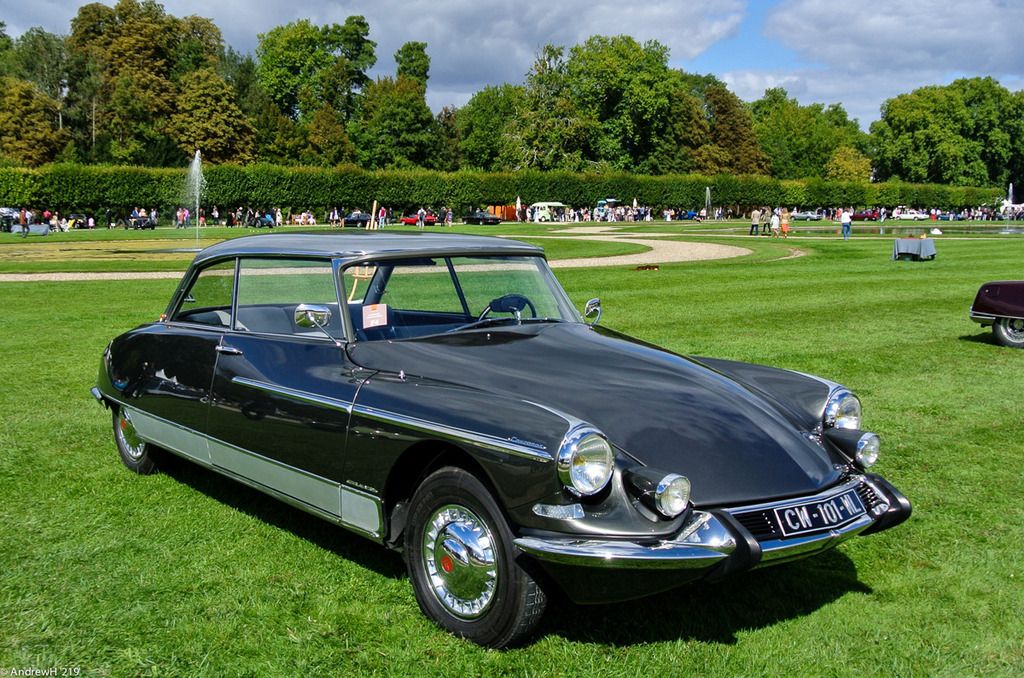

From my childhood, memories of holidays in France, or staying with friends in Paris, would not be complete without the Citroen DS. It was the future car: new technology for the suspension; new aesthetics for the design. It was progressive and modern. My pick from the extensive collection on display (including General de Gaulle’s own limousine) was the Citroen DS 19 Chapron Concorde 1963. In immaculate condition, it recalled an era when the Concorde: the supersonic passenger plane that was the result of cooperation between Britain and France equally spawned inspiration to other forms of transport. With its jet stream styling and comfortable interior (read leather seats and air suspension), this was your very own “white hot” technological wonder to get you from city to countryside at the speed of “allez”! (And for those of you wondering where “white hot” comes from: the phrase was coined by Tony Benn: then minister for technology in the Wilson Government and who oversaw the signing of the Entente and the creation of Concorde).

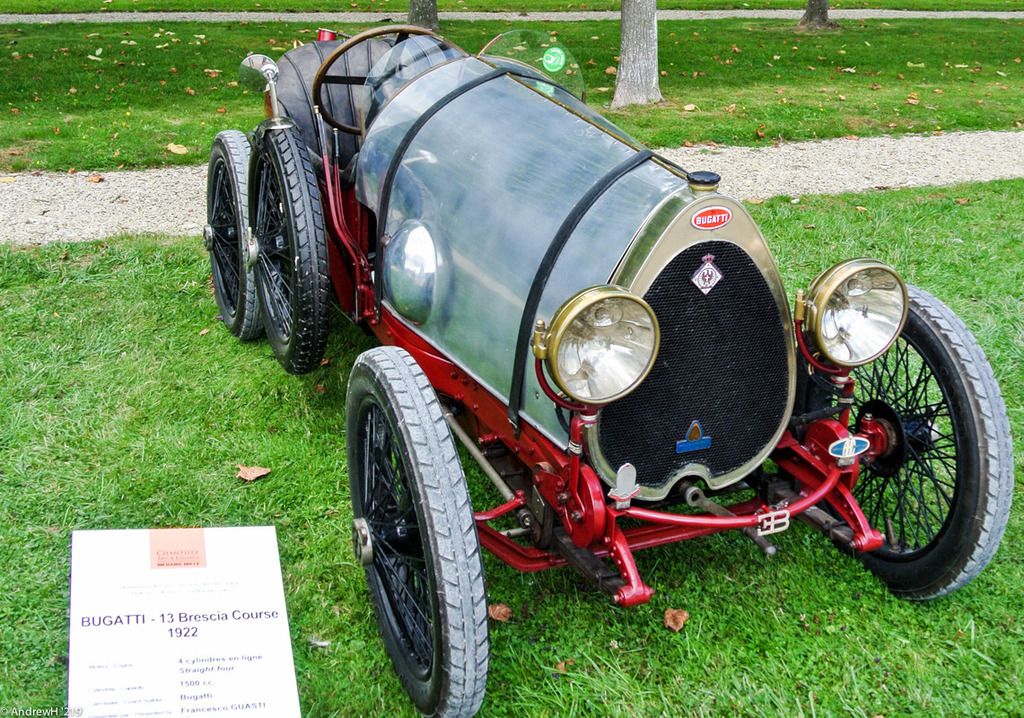
The Bugatti Type 13 Brescia “Course” 1922: a beautiful car and the first one produced at Bugatti’s Mosheim factory. This car was to celebrate the result that put Bugatti on the map (so to speak): the first four places at the Italian Grand Prix in 1919. It was the technological race car of its day: small, light, single overhead camshaft on a four cylinder engine, four valves per cylinder, a vertical shaft and angled gears. Brilliance!
A Ford GT40 from 1966:
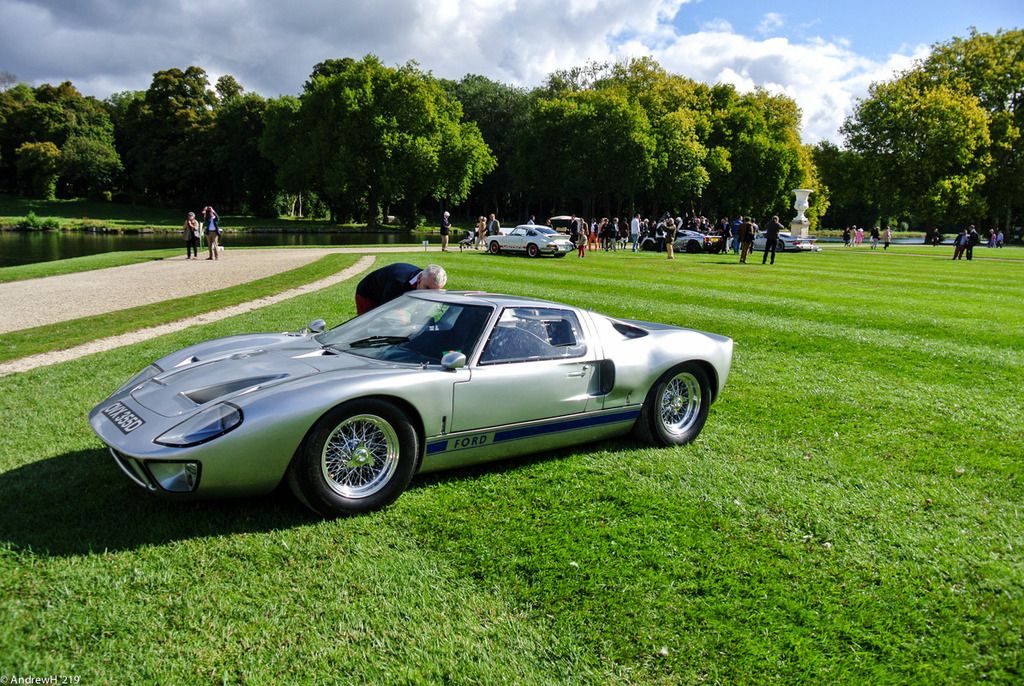
A Ferrari 250GT California 1961

A stunning Mercedes SS Grand Prix car from 1929:

A Voisin C14 1930. A small digression here on a visionary firm of automobiles that sadly is no more. Gabriel Voisin was the friend and philosophical automotive counterpart to Le Corbusier: Voisin’s firm even sponsored an architectural design piece for Paris in 1925 called: “Plan Voisin”. Avions Voisin was originally an aviation firm (as the name suggests) and was founded by Gabriel (and his brother Charles). Gabriel was an aviation pioneer and manufacturer who in 1919 started producing cars. What made him different was his education as a former student at the Fine Arts School in Lyon; he was an enthusiast for all things mechanical since his childhood. His unconventional approach to the car industry made a difference: Voisin's highly individual designs made extensive use of light alloys, especially aluminum. He brought in techniques and materials into cars that would not see acceptance for another quarter of a century or more: one of the first cars ever to use monocoque chassis construction, and utilising small radiator-mounted propeller to drive the cooling pump. The characteristic Avions Voisin style is 'rational' coachwork that prioritized lightness, central weight distribution, capacious luggage boxes and distinctively angular lines. The C14 on show at Chantilly was a fabulous example of an Avions Voisin car from the time when their luxury cars were known as the best available.
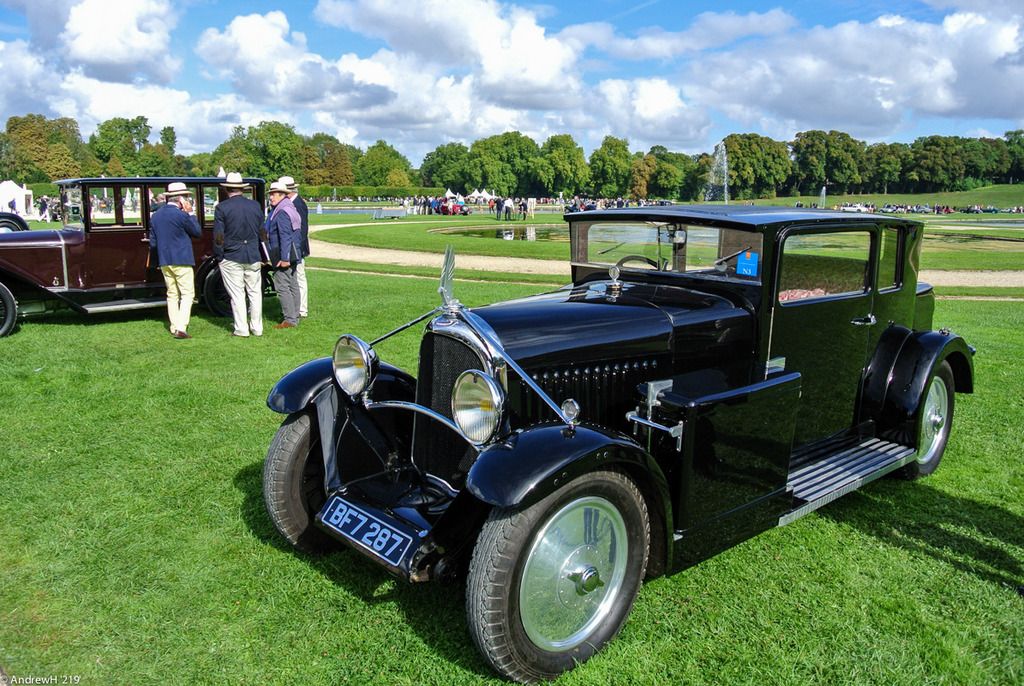
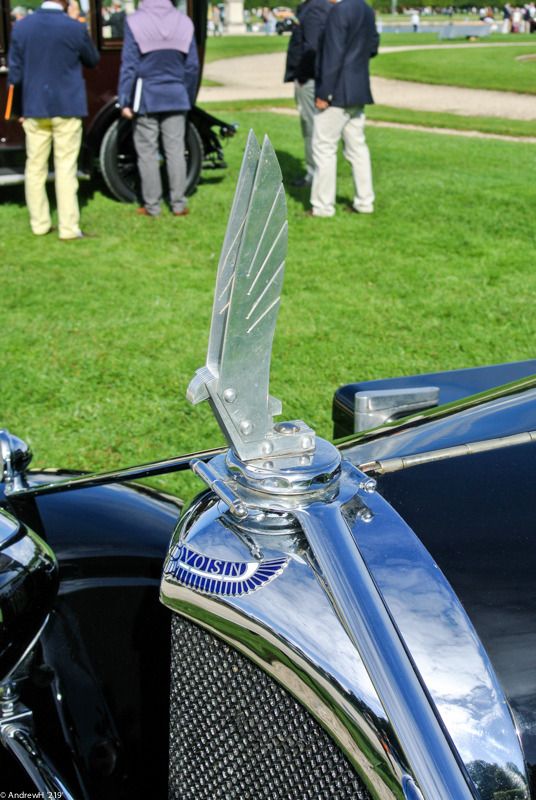
And finally, two from Richard’s favoured era and favoured cars. Both cars are NOT Richards, but the sister cars to the ones he owns: a Yardley BRM from 1970 ( www.watchprosite.com
) and a Lotus 49 from 1968 ( www.watchprosite.com
).
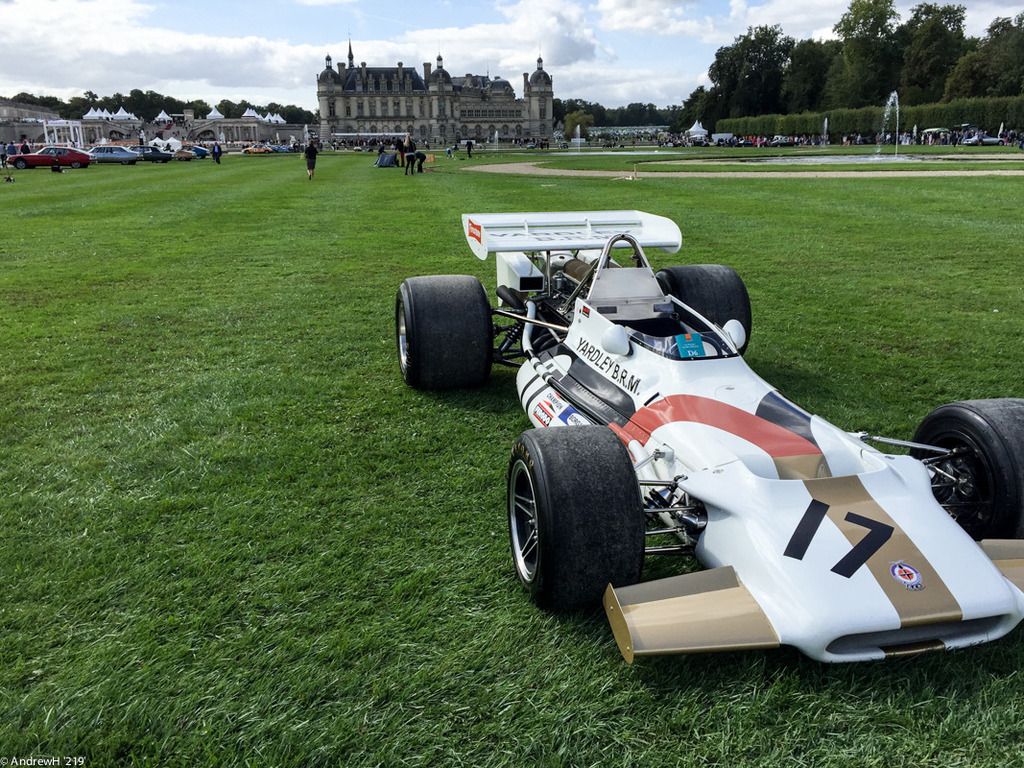
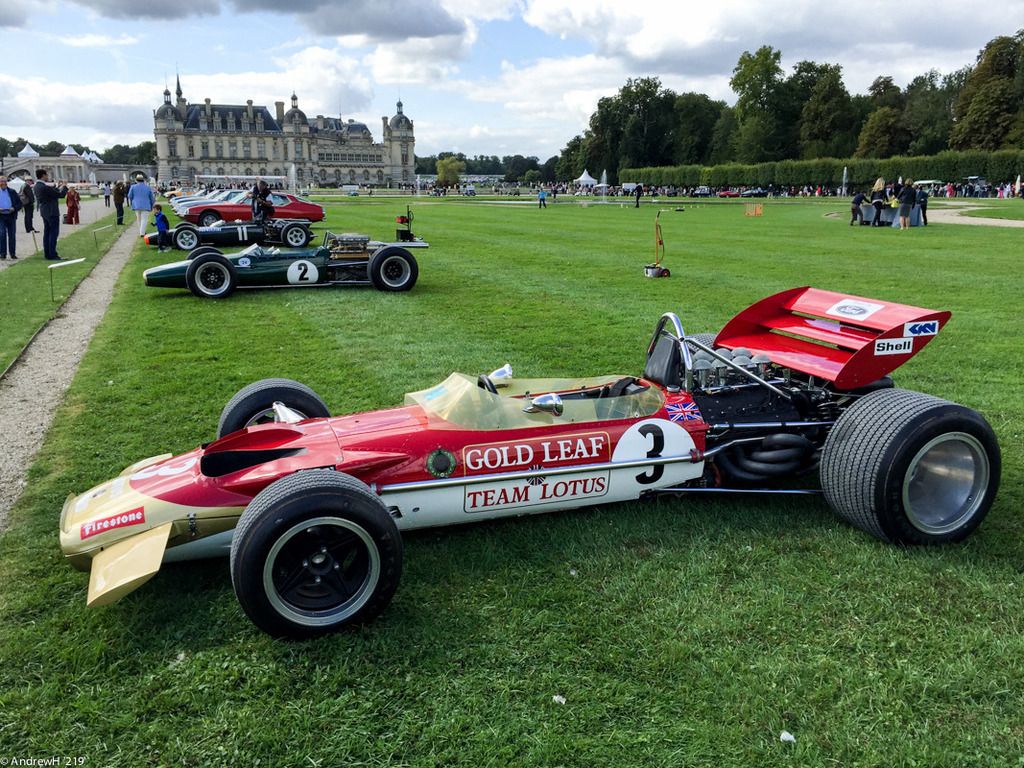
To my mind, Richard’s watches are the horological counterpart in the modern age: the same new design and materials, the same aesthetic leanings, the same consideration to proportions in design. Richard’s watches already are the modern classic: his early pieces are now already highly sought after by collectors. It is that bravado: that ability to produce something new, original, and different. That is the difference: the difference between a footnote to history, or a paragraph: the design, the uniqueness and avant-garde quality of the machine.
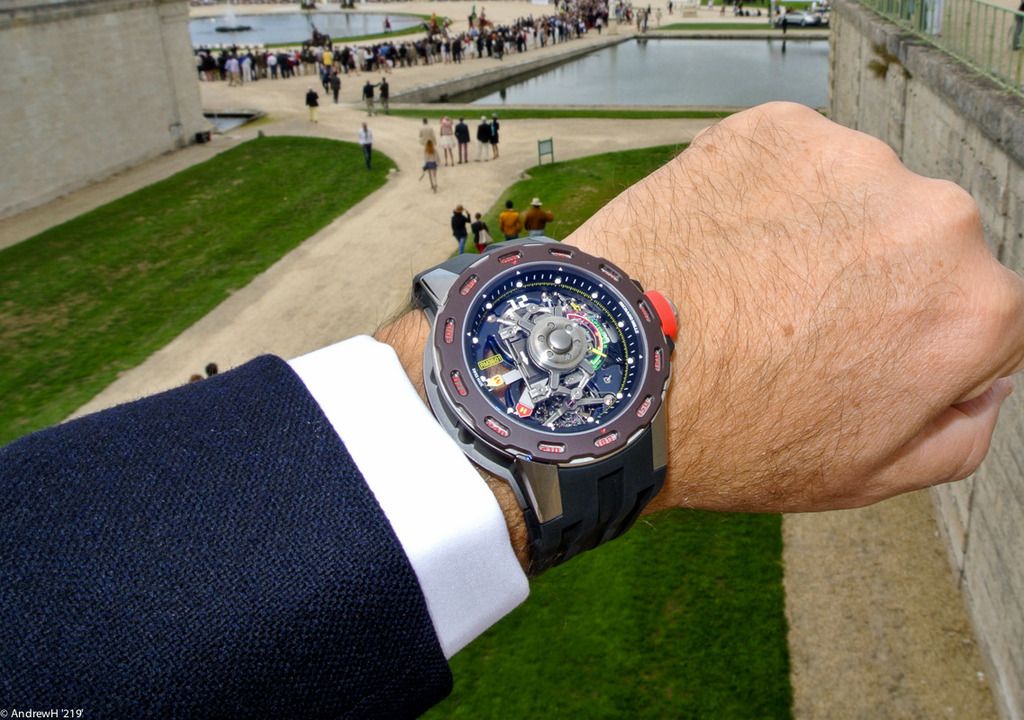
My watch for the afternoon was just that: the esoteric RM036-01. Like some of the cars that were considered avant-garde in their day, but are now rare, sought after, and classic, the RM036-01 is a horological equivalent.
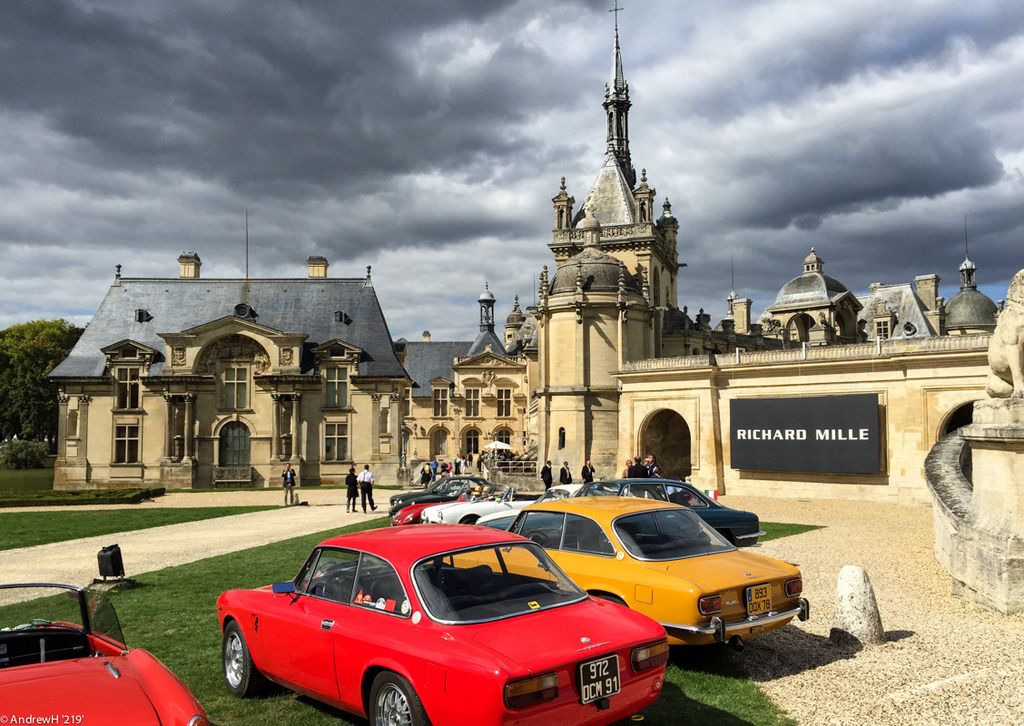
Andrew H

Richard Mille’s “Concours d’ Elegance” at Chantilly

This article contains the most fantastic photography

Thanks Cazalea! Very kind of you...

Great report, Andrew!
Wonderful post ....


What a superb review, Andrew!

Thanks FX! Great to see you there and looking forward

My favourite car and Richard Mille watch from your photos

Probably would not disagree with you on your

Very entertaining article

Thanks Mark! Richard really is a master at getting

I am drooling over your pics Andrew

